
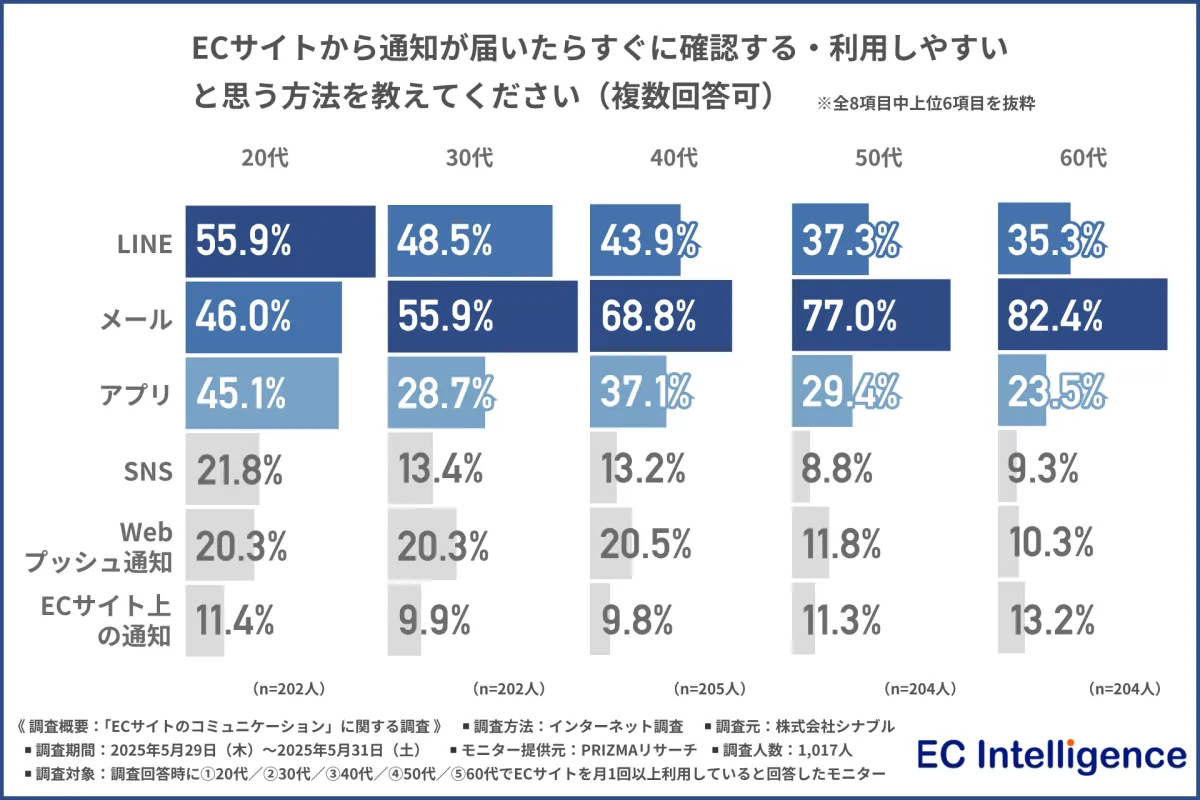
Investigating E-Commerce Notifications: The Most Engaging Alerts Among Users Across Generations
Understanding E-Commerce Notifications: What Users Really Want
Introduction
In a landscape increasingly dominated by e-commerce, staying connected with customers through notifications has become crucial. A survey conducted by Scinable Inc., targeting users from various age demographics who shop online monthly, sheds light on user preferences regarding notifications from e-commerce platforms. This discussion will delve into the details of how different age groups perceive and engage with notifications, ultimately influencing their buying behaviors.
Survey Overview
Scinable Inc., based in Toshima, Tokyo, conducted an extensive survey from May 29 to May 31, 2025, involving 1,017 participants aged in their 20s to 60s who utilize e-commerce platforms at least once a month. The objective was to understand how these users interact with notifications regarding their purchases and what motivates them to engage further.
The survey aimed to uncover specifics about preferred notification methods, ideal timing for receipt, and content that captivates user interest, leading to increased purchasing intent.
Preferred Notification Methods Across Age Groups
The findings reveal significant variance in preferred notification channels among age groups.
- - 20s: Predominantly favor LINE (55.9%), followed by email (46.0%) and app notifications (45.1%).
- - 30s: Email leads at 55.9%, with LINE at 48.5% and app notifications at 28.7%.
- - 40s: A marked preference for email is noted (68.8%), with LINE (43.9%) and app notifications (37.1%) following.
- - 50s: Email usage peaks at 77.0%, while LINE (37.3%) and app notifications (29.4%) drop off.
- - 60s: Email is preferred by 82.4%, with LINE (35.3%) and app notifications (23.5%) again trailing.
While email remains the dominant channel among older generations, younger users show a preference for instant messaging platforms, reflecting their inclination towards immediate, mobile-friendly communications.
Optimal Timing for Notifications
Timing also significantly affects user interaction with notifications, as demonstrated by survey results. When asked about preferred times for receiving notifications:
- - Approximately 50% reported having no specific preference.
- - Among those with preferences, receiving notifications on weekday evenings (20.8%) emerged as a favored time, likely correlating with increased smartphone usage during leisure time after work hours.
- - The reasons shared for preferred timing emphasized the desire for moments when users can devote time to read and engage with information thoroughly.
Content That Engages Users
The type of notifications users find most interesting was another focal point of the survey. Overall, results indicate strong inclinations towards certain content types:
- - Sale Notifications: 60% of participants showed interest in sale alerts.
- - Expiration Notifications for Points: 53.4% found this relevant.
- - Personalized Time-limited Offers: 39.8% indicated attraction towards notifications that were specifically targeted to them.
Price reductions are a significant trigger for impulse purchases; particularly, information emphasizing urgency or exclusivity prompts users to act swiftly.
Notifications Inducing Purchases
When questioned about what types of notifications tend to catalyze actual purchases, results indicated:
- - Coupons Available: 62.1% were inclined to purchase upon receiving coupon notifications.
- - Sale Alerts: 48.7% drove immediate buying action.
- - Impending Point Expiry: 42.4% engaged in purchases under such notifications.
The survey highlights that financial advantages tied to time-sensitive offers or discounts profoundly influence users' decision-making processes.
Closing Thoughts
This analysis of e-commerce notification preferences divulges crucial insights into consumer behaviors across different generations. Users are predisposed to accept notifications that are concise, relevant, and presented in a straightforward manner. Their receptiveness heightens when such communications convey explicit advantages. Companies looking to bolster customer engagement can significantly benefit by tailoring their strategies based on age-specific preferences, timing, and compelling content, ensuring that their messaging resonates with the diverse landscape of modern consumers.
For further reading of the complete report, interested readers can visit Scinable’s PDF download page here.
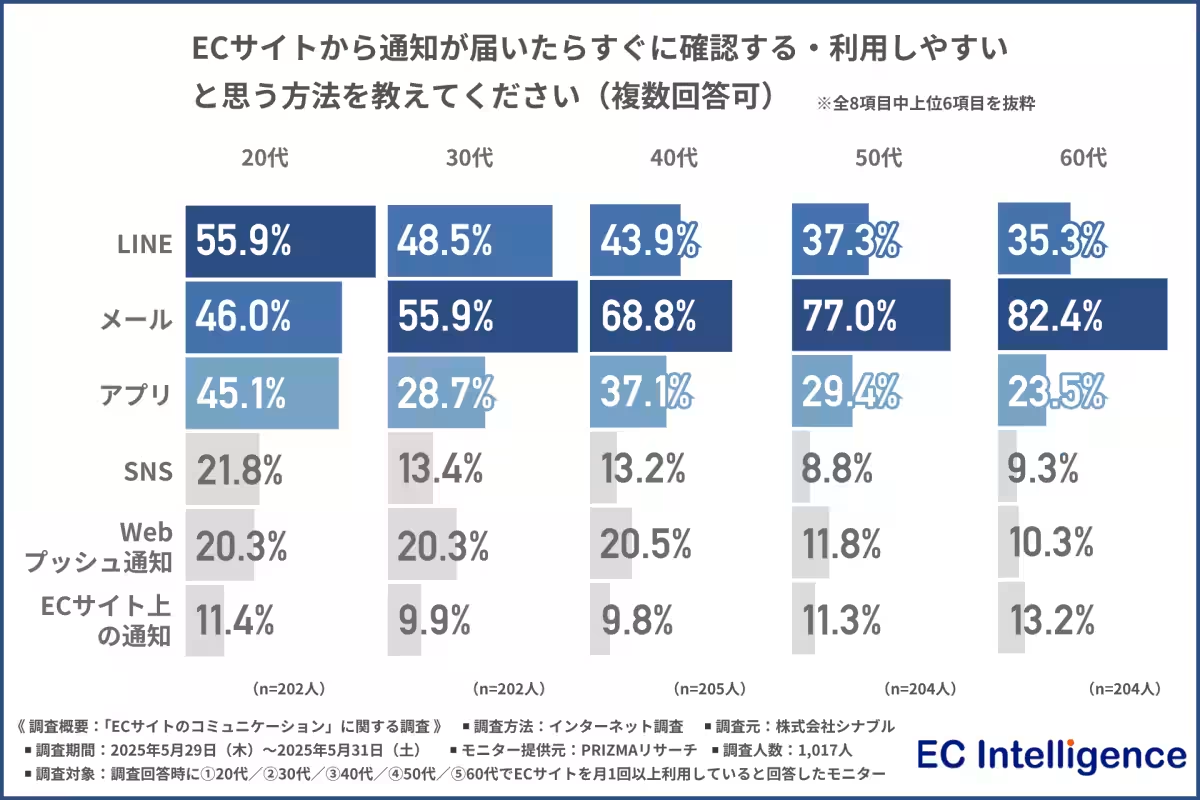
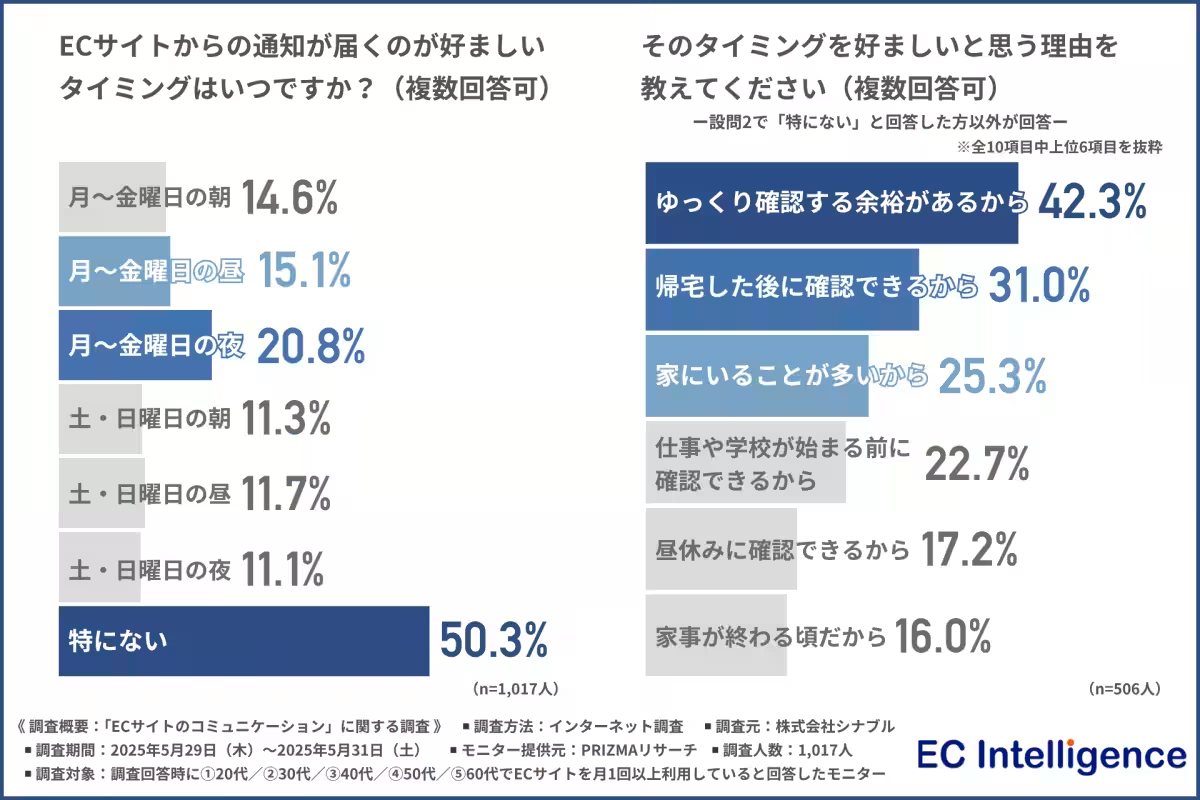
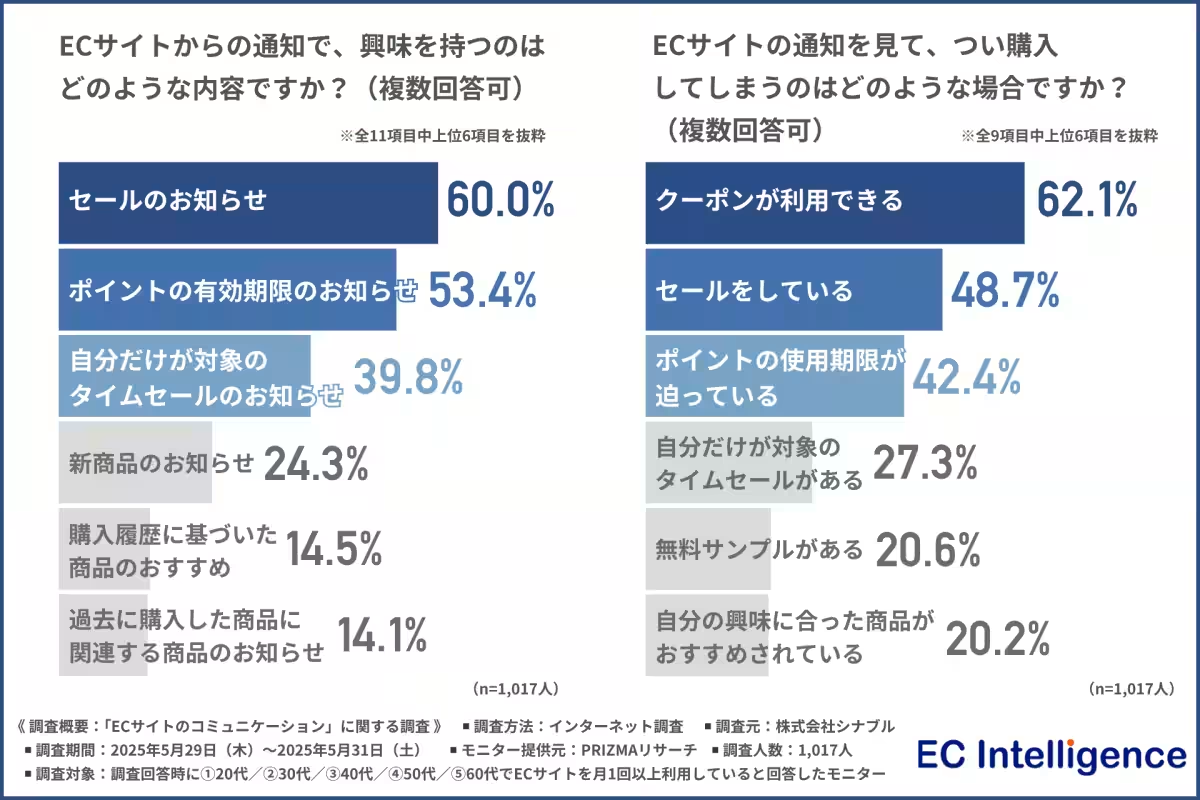
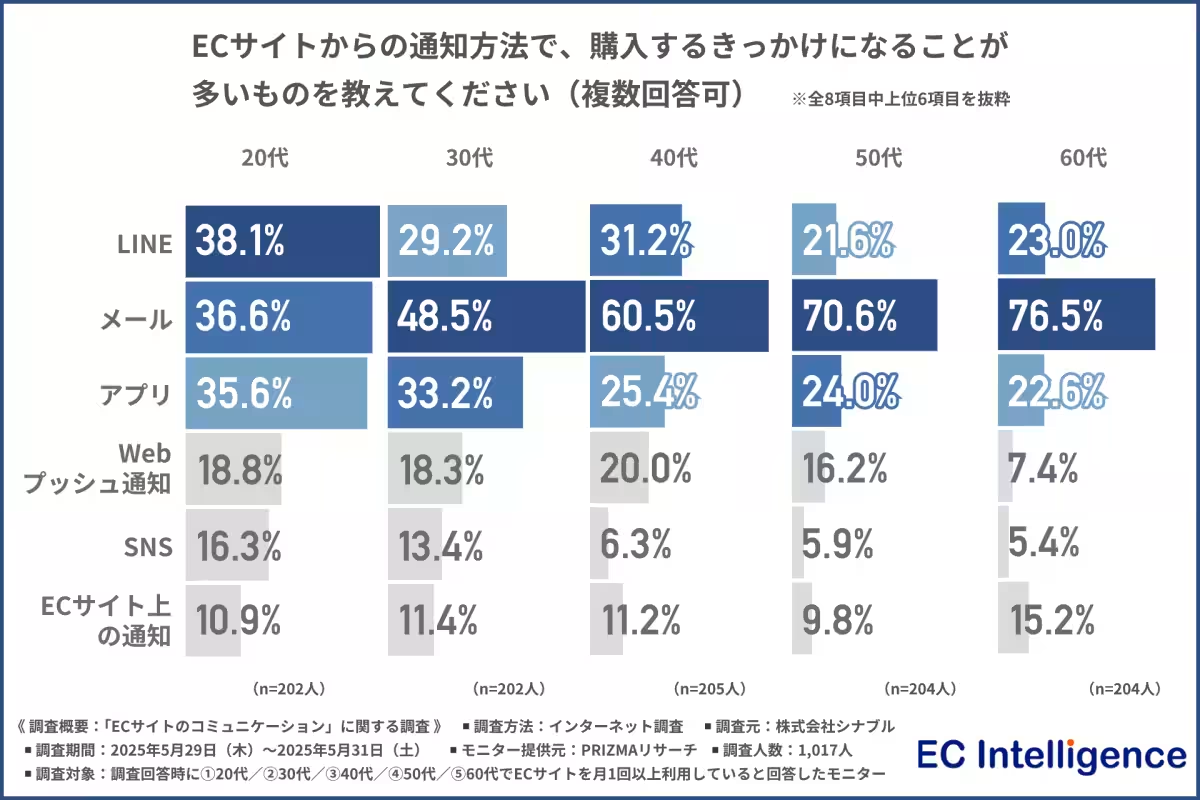

Topics Consumer Products & Retail)






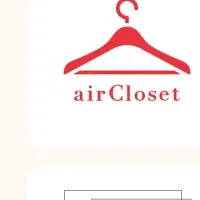



【About Using Articles】
You can freely use the title and article content by linking to the page where the article is posted.
※ Images cannot be used.
【About Links】
Links are free to use.